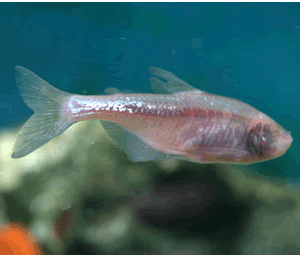Evidence for evolution
Whales are known to be descendants of land mammals. We know this from several physical characteristics such as:
-
bones in their flippers which resemble the forelimbs of land mammals
-
vertical (up-and-down) movement of their spines which resembles a running terrestrial animal
-
the fact that they must breathe air (presumably an animal evolving solely in an aquatic environment would take the easier energetic route of adopting gills from earlier ancestors).
-
evolutionary "baggage" marking their ancestry, such as a vestigial pelvis. A structure in an organism that serves little to no use is known as vestigial structure. They are remnants of an organism's evolutionary past.
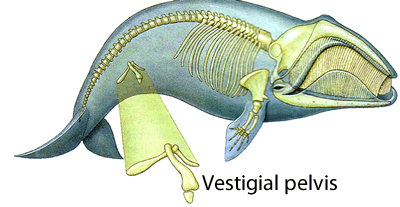
The fossil record outlines the evolution of the whale quite clearly, as shown on the right.
Pekicetus and ambulocetus lived approximately 49-50 million years ago and were terrestrial animals that were adapt in water. Ambulocytes was 3 metres long and could maneuver with ease underwater.
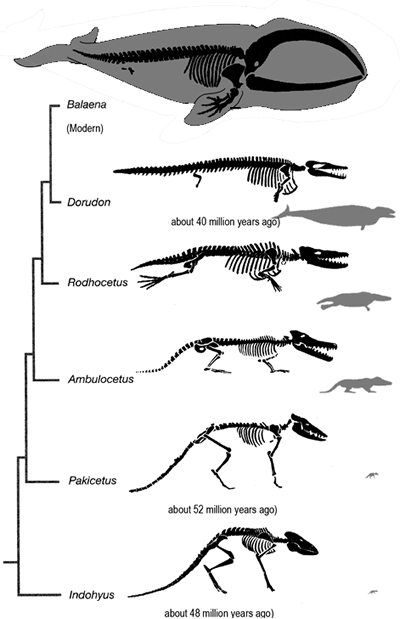
Take for example, the five fingered limb of humans. This has the same arrangement of bones as in a bat's wing, a whale's flipper and a cat's claw. Although the basic plan is the same its function differs from swimming to flying. This is an example of divergent evolution.
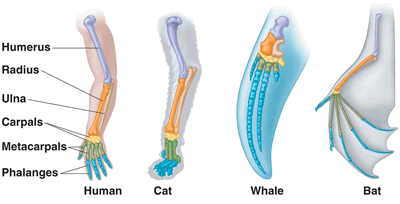
Analogous structures do the same job but have different origins, for example a moth's wing and an eagle's wing, or an ant's leg and a dog's leg. This is known as convergent evolution.
An example of this is the stick insect eggs that look similar to acacia seeds by having a sugar rich capsule protruding from the end. This serves the same purpose in both insect and plant but have come from completely different origins.
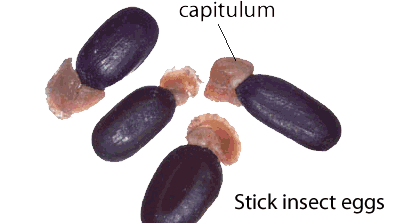
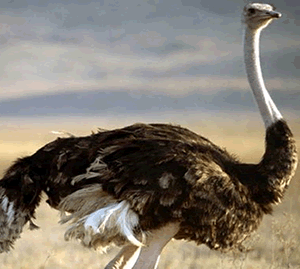

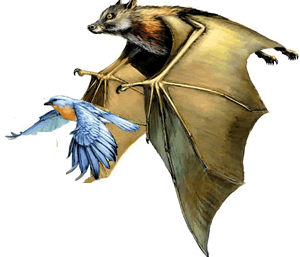

The cave fish is completely blind but has eyes just below its skin that do not function in detecting light. This is indicates that the cave-dwelling fish .
Which term best describes the eyes of the cave-dwelling fish?
